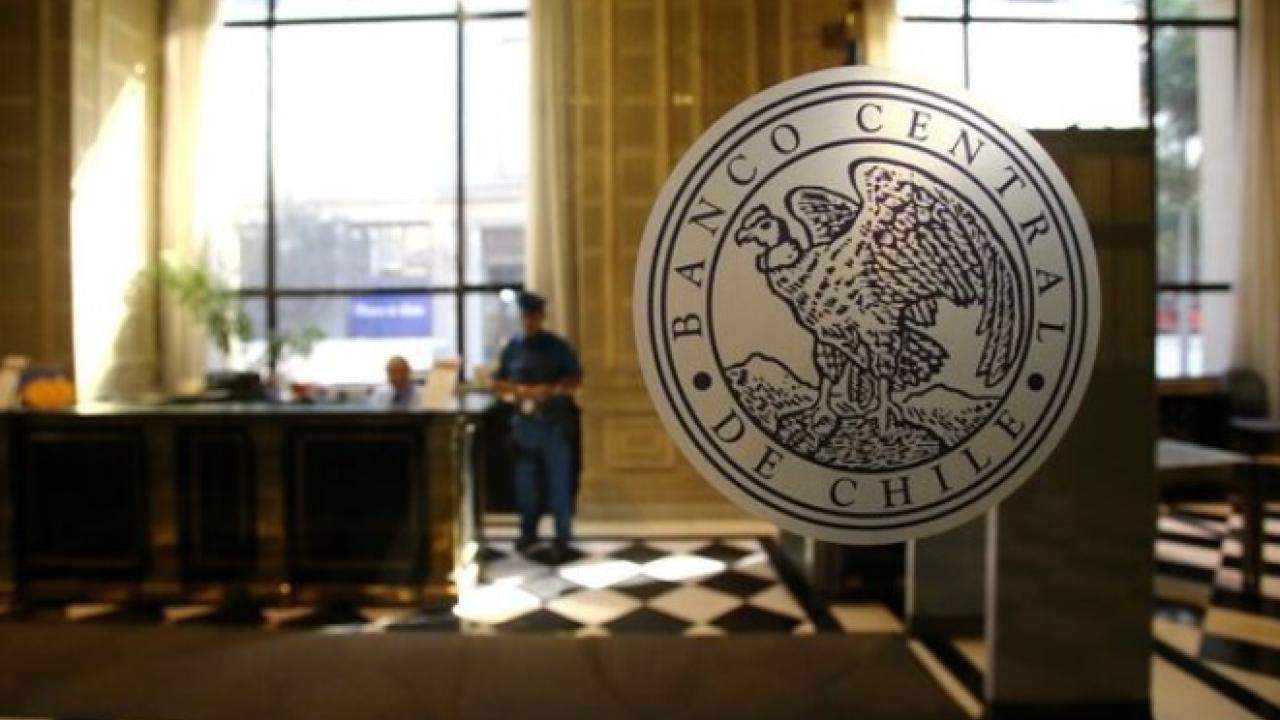
The local economy has been returning to a growth path consistent with its trend and inflation has continued to decline, with two-year inflation expectations remaining at 3%, the entity highlighted.
At its Monetary Policy Meeting, the Council of the Central Bank of Chile agreed this Tuesday afternoon to reduce the monetary policy interest rate by 25 basis points, to 5.75%.
The decision was adopted with the vote of President Roxana Costa and Councilors Céspedes, Naudon and Soto. The bank noted that Vice President Stephany Griffith-Jones voted to reduce it by 50 basis points.
In the statement accompanying the decision, the bank states that in the external scenario, global inflation has continued to decline, although at a more moderate pace. In the United States, May registration was below expectations, with a services component that slowed, but remains a relevant point of attention.
"All this, in a context in which the labor market in that economy has recently shown mixed signals. Regarding activity, the first quarter figures exceeded what was expected in several economies, however, the prospects remain limited and without big changes for this and next year," indicates the issuing entity.
Movements in global financial markets have remained largely subject to expectations about when the Federal Reserve will begin its rate cuts. At its June meeting, the FOMC adjusted its rate path upwards compared to what was expected in March, with its dots contemplating one rate cut for this year and four for 2025.
Compared to the May Meeting, long-term interest rates have fallen in several developed economies, including the United States, and have increased in emerging economies. Stock markets have fallen, with the exception of the United States. The global dollar has appreciated slightly. Regarding raw materials, beyond its recent decline, the price of copper remains at levels above those at the beginning of the year. For its part, the price of a barrel of oil (WTI-Brent average) remains at levels similar to those observed in the last Meeting.
CHILE CONTINUES WITH THE GOAL OF 3%
The movements of the Chilean financial market have been similar to those of its external peers, highlights the report from the Chilean Central Bank.
Since the May Meeting, the IPSA had a limited fall and the peso accumulated a depreciation of close to 3% against the dollar.
Long-term interest rates, although with some fluctuations, are at levels similar to those of the last Meeting. The behavior of commercial credit has been consistent with macroeconomic fundamentals, although it shows a certain slowdown that must be monitored. This, in a context where supply and demand conditions are perceived as unfavorable.
The interest rates on short-term bank placements have decreased in line with the transmission of the reduction in the MPR, while longer-term rates, including mortgage rates, have remained at high levels in historical comparison, more linked to the behavior of their external peers.
Local activity has been resuming a path of growth consistent with its trend. In April, the seasonally adjusted non-mining Imacec series had zero variation compared to the previous month (+3.5% in twelve months), reinforcing that some of the factors that accelerated activity at the beginning of the year were transitory in nature. The labor market remains consistent with the trajectory of the cycle, with positive job creation and an unemployment rate that stood at 8.5% in the moving quarter ended in April. The expectations of companies and households remain at pessimistic levels, although they have been improving in recent months.
In May, the annual variation of the CPI—spliced reference series—was 3.4% and the underlying measure—CPI without volatiles—at 3.5%. Regarding inflation expectations in the two years, both the Economic Expectations Survey (EEE) and the Financial Operators Survey (EOF) are at 3%.
"The macroeconomic scenario has evolved as expected, although with internal demand that grew somewhat more than expected in the first quarter. The local economy has been returning to a growth path consistent with its trend and inflation has continued to decline, with expectations Inflation in two years remains at 3%. Compared to March, the news in the central projection scenario is the best starting point for domestic demand, which will be supported by the higher price of copper, and the readjustment of electricity rates. , which will significantly impact inflation, particularly in 2025," highlights the entity.
Finally, the Bank highlighted that the Report that will be published tomorrow contains the details of the central scenario, the sensitivities and risks surrounding it and its implications for the future evolution of the MPR.
"The Council estimates that, if the assumptions of the central scenario were realized, the MPR would have accumulated during the first half of the cuts planned for this year. The central scenario of the June Report considers that the MPR will continue to reduce during the policy horizon monetary policy, at a pace that will take into account the evolution of the macroeconomic scenario and its implications for the trajectory of inflation. The Council reaffirms its commitment to conduct monetary policy with flexibility, so that projected inflation is 3% in the future. horizon of two years," he concludes.









